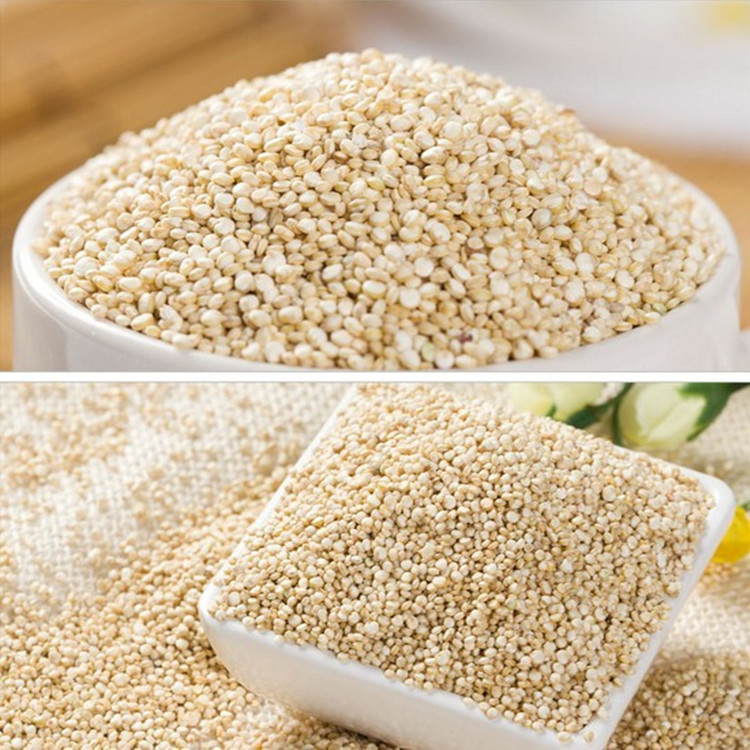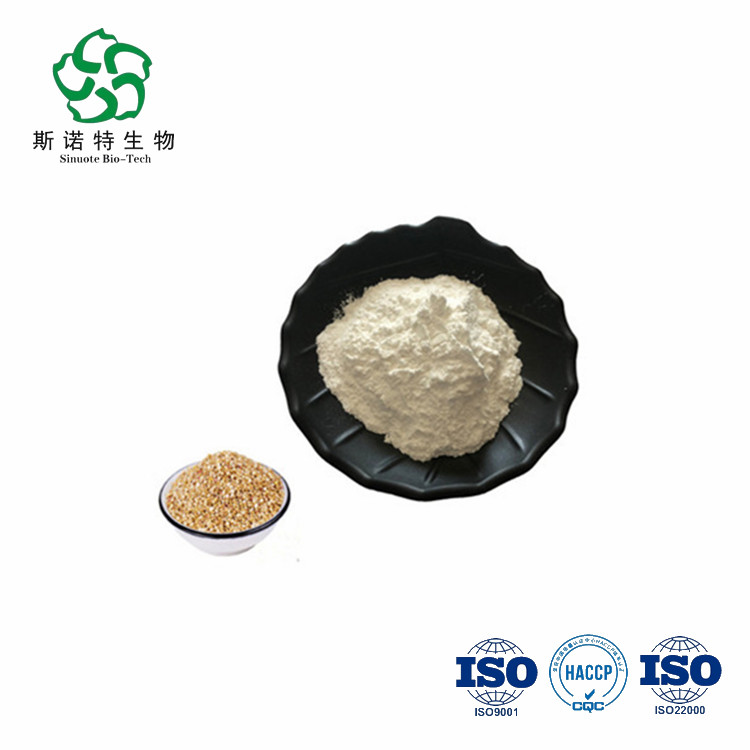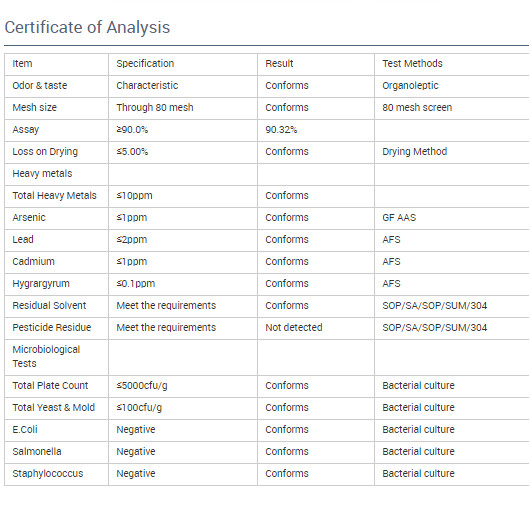Water Soluble Quinoa Peptide Powder Protein 75% Peptide 60%
Quinoa or quinua (Chenopodium quinoa Willd.) is native to the Andes Mountains of Bolivia, Chile, and Peru.
This crop (pronounced KEEN-WAH), has been called 41 vegetable caviar" or Inca rice, and has been eaten
continuously for 5,000 years by people who live on the mountain plateaus and in the valleys of Peru, Bolivia,
Ecuador, and Chile. Quinua means "mother grain" in the Inca language.
This crop was a staple food of the
Inca people and remains an important food crop for their descendants, the Quechua and Aymara peoples
who live in rural regions.
Quinoa is a highly nutritious food. The nutritional quality of this crop has been compared to that of dried whole milk by the Food and Agriculture Organization (FAO) of the United Nations. The protein quality and quantity in quinoa seed is often superior to those of more common cereal grains (Table 1). Quinoa is higher in lysine than wheat, and the amino acid content of quinoa seed is considered well-balanced for human and animal nutrition, similar to that of casein (Table 2).
Quinoa is used to make flour, soup, breakfast cereal, and alcohol. Most quinoa sold in the United States has been sold as whole grain that is cooked separately as rice or in combination dishes such as pilaf. Quinoa flour works well as a starch extender when combined with wheat flour or grain, or corn meal, in making biscuits, bread, and processed food.
Seed coats (pericarp) are usually covered with bitter saponin compounds that must be removed before human consumption. Saponins may also be toxic to fish. Deresination (removal of the pericarp and the saponins by mechanical or chemical means) does not affect the mineral content of the seed (Johnson and Croissant, 1990). The marketable seed is usually white in color. The leaves are frequently eaten as a leafy vegetable, like spinach. Seed imported from growers in South America is sold in the United States in health-food stores and gourmet food shops at high prices.
Quinoa grain has a lower sodium content and is higher in calcium, phosphorus, magnesium, potassium, iron, copper, manganese, and zinc than wheat, barley, or corn (Table 3). The determination of the mineral content from Colorado quinoa trials showed a similar relationship, but differences from other grains were less conspicuous.



Benefit of Quinoa Protein Peptide:
1. High quality and competitive price.
2. Free sample of Product.
3. Promptly delivery by well-reputed shipping line.
4. Trial order is available for testing after samples.
5. We will inform you all the information at every stage in advance.
6. Packaging can be according to buyers’ special request.
Application of Walnut Protein Peptide Powder:
1. Applied in health care products field.
2. Applied in food and beverage field.

We also have lose weight Plant Extract, improve immunity plant extract, Male sexual enhancement ingredient plant extract, female nourishing products plant extract, help sleeping plant extract, lower blood pressure plant extract, lower blood sugar plant extract, lower blood lipids plant extract.
We also have liver protection Fruit Powder, sweeteners fruit powder, colorant fruit powder, feed additives fruit powder.










































